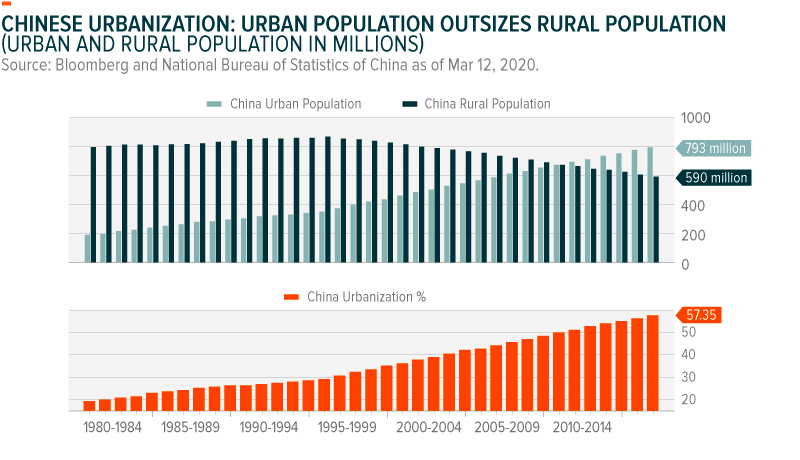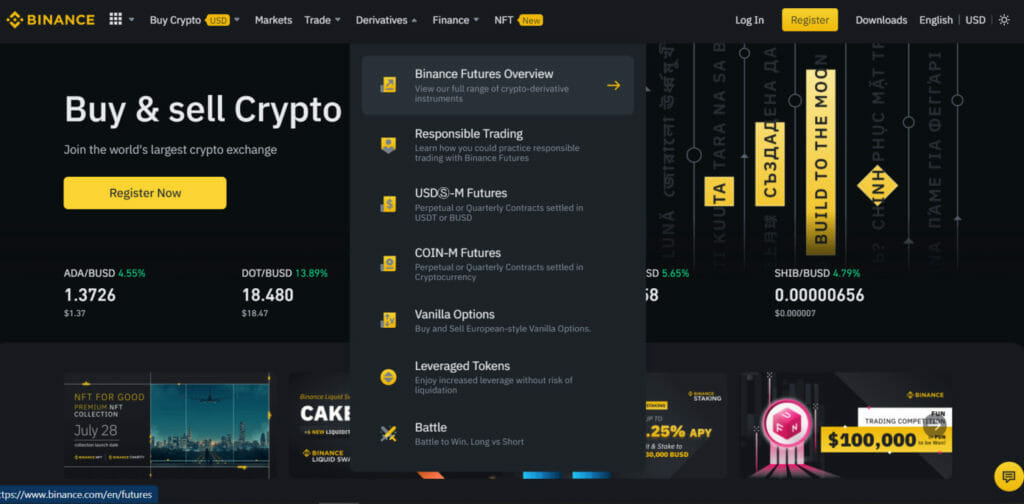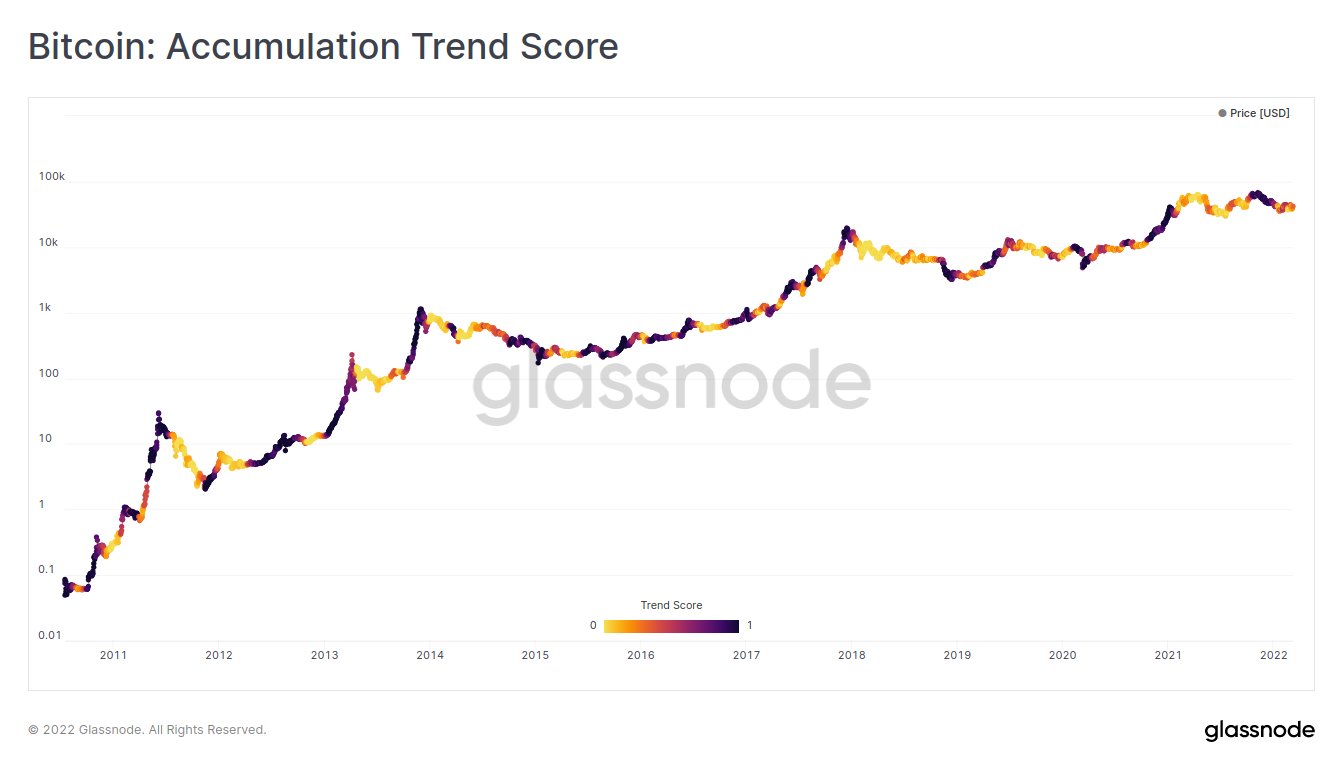Alright, let’s cut through the noise. Former President Trump is touting a potential deal between U.S. Steel and Japan’s Nippon Steel, claiming it’s a revival of American industrial might. He’s right about one thing – “U.S. Steel” should be synonymous with strength and innovation. But can this deal actually deliver?
The promise is big: 70,000 jobs and a hefty $14 billion injected into the U.S. economy, with the bulk of that cash arriving within 14 months. Sounds incredible, doesn’t it? However, history tells us to be cautious about grandiose claims. We’ve been down this road before.
Let’s break down what’s really going on here. This isn’t simply about ‘making steel great again’. It’s about consolidating power in a global market. Nippon Steel isn’t just acquiring U.S. Steel; they’re gaining a crucial foothold in the lucrative North American market.
Here’s a quick primer on the steel industry and why this deal matters:
Steel is the backbone of modern infrastructure. From buildings to cars, everything relies on it. Demand fluctuates with economic cycles, making it a volatile market.
Global competition is fierce. China dominates steel production, often using state subsidies to undercut competitors. This creates an uneven playing field.
Technological advancements are evolving steelmaking. Electric arc furnaces (EAFs) are becoming increasingly popular due to their efficiency and lower emissions.
Strategic partnerships and acquisitions are common. Companies seek to expand market share and access innovation.
Will this specific deal truly benefit American workers, or will it simply transfer profits overseas? That’s the million-dollar question. Expect heated debate, and I’ll be here to give you my unvarnished take. This is far from a simple win.






